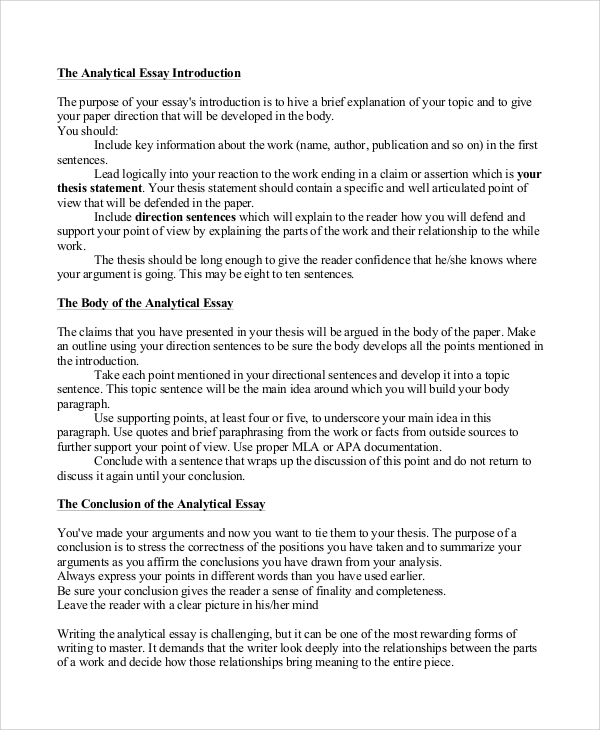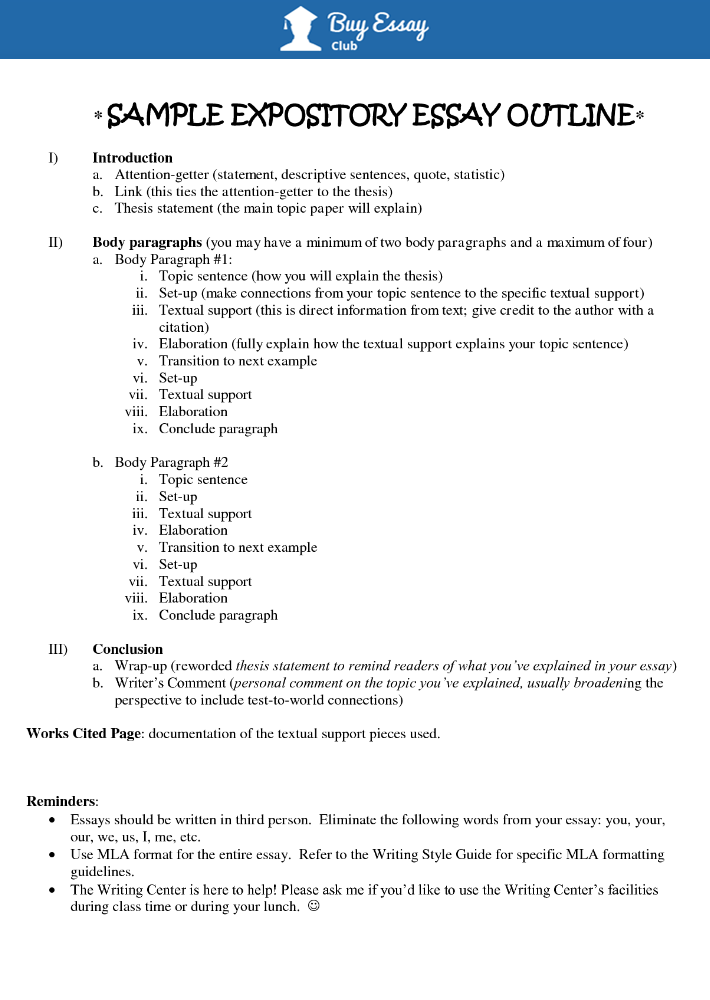
3/9/ · Here is a step-by-step guide for writing an analytical essay. Choose a point of view. No matter what you choose as your central point of view, prepare to anchor your entire analytical essay around a singular thesis statement. Write an introductory paragraph ending in a thesis statement. An excellent introduction can engage your reader’s interest, so take extra care on your opening paragraph To write an introduction, you need four things: A hook – something that grabs your reader's attention. A thesis statement – a sentence that tells the readers what your essay is about. Information about the book you're analyzing – if your readers haven't read the book or work, they have no reference about its content Grab the reader's attention. By including a quotation or controversial statement in the first few lines of the introduction you generate interest in your essay. This increases the likelihood that your essay will leave an impression and actually influence the
How To Compose A Strong Analytical Essay Introduction
The purpose of an analytical essay is to propose and support an argument. By analyzing the material on which the essay is based, the essay writer should develop a position regarding the accuracy of the original information. The introduction is one of the most important parts of an analytical essay. This is because it is in the introduction that the reader will receive his first impression of the essayist's position. Understand the source material thoroughly.
Every analytical essay is essentially a commentary on someone else's work. This means that an effective analytical essay writer is someone who is able to read and understand the source material exceptionally well. Grab the reader's attention. By including a quotation or controversial statement in the first few lines of the introduction you generate interest in your essay.
This increases the likelihood that your essay will leave an impression and actually influence the reader's opinion. Summarize the source material. This summarization is sometimes referred to as an abstract and should be included in the introduction.
The summary should inform the reader of the title and author of the source document as well as provide a brief synopsis of the source document's main points. By including this abstract in the introduction, the reader will have a better idea of the how to write an intro for an analytical essay in which your argument arose. Finish with a thesis statement. A thesis statement is a concise sentence that outlines precisely what the main argument of your essay is.
The thesis statement is going to be the main idea or position that the remainder of your essay is going to support. It is important that this position be an opinion rather than a fact, since it must be something that can be argued both for and against. Soren Bagley recently graduated from the University of Toledo with a B.
in English Literature, how to write an intro for an analytical essay. He has been a professional writer for two years and his work has appeared on a wide variety of internet web sites, including Associated Content. com and Ehow. length { this. removeChild sources[0] ; } else { this.
querySelectorAll 'source' ], arguments[0]. pencil sharpener and pencil image by hannahfelicity from Fotolia. How to Write an Introduction to an Analytical Essay. References Custom Writing: Analytical Essay.
The recommended length for most analytical essay introductions is around eight sentences.
Write an Introduction for a Literary Analysis Essay - Back-to-School
, time: 4:43
Grab the reader's attention. By including a quotation or controversial statement in the first few lines of the introduction you generate interest in your essay. This increases the likelihood that your essay will leave an impression and actually influence the 3/9/ · Here is a step-by-step guide for writing an analytical essay. Choose a point of view. No matter what you choose as your central point of view, prepare to anchor your entire analytical essay around a singular thesis statement. Write an introductory paragraph ending in a thesis statement. An excellent introduction can engage your reader’s interest, so take extra care on your opening paragraph To write an introduction, you need four things: A hook – something that grabs your reader's attention. A thesis statement – a sentence that tells the readers what your essay is about. Information about the book you're analyzing – if your readers haven't read the book or work, they have no reference about its content

No comments:
Post a Comment